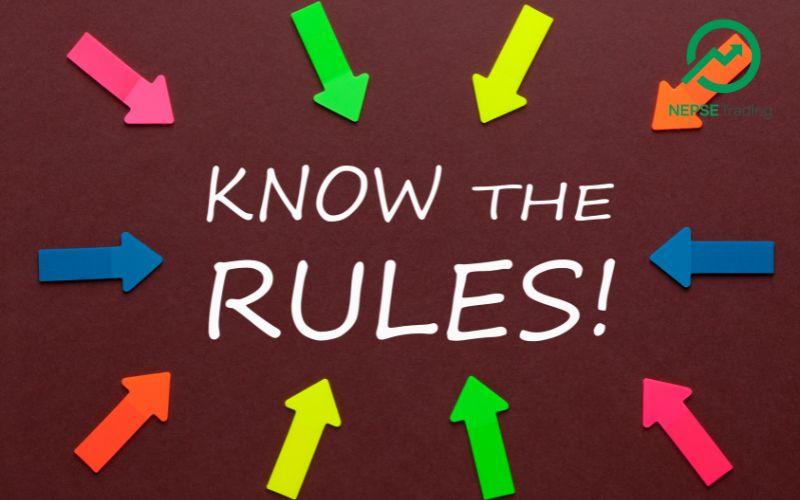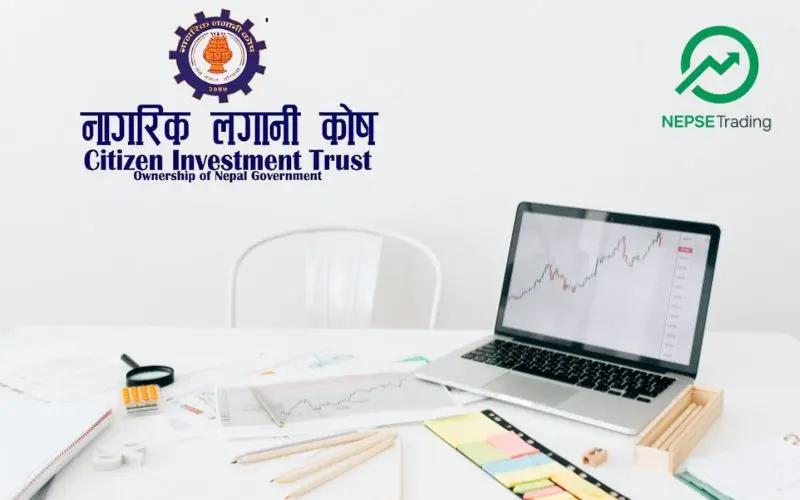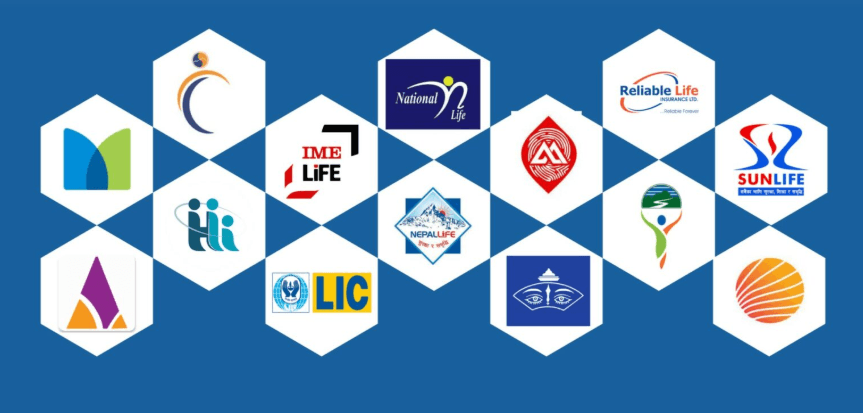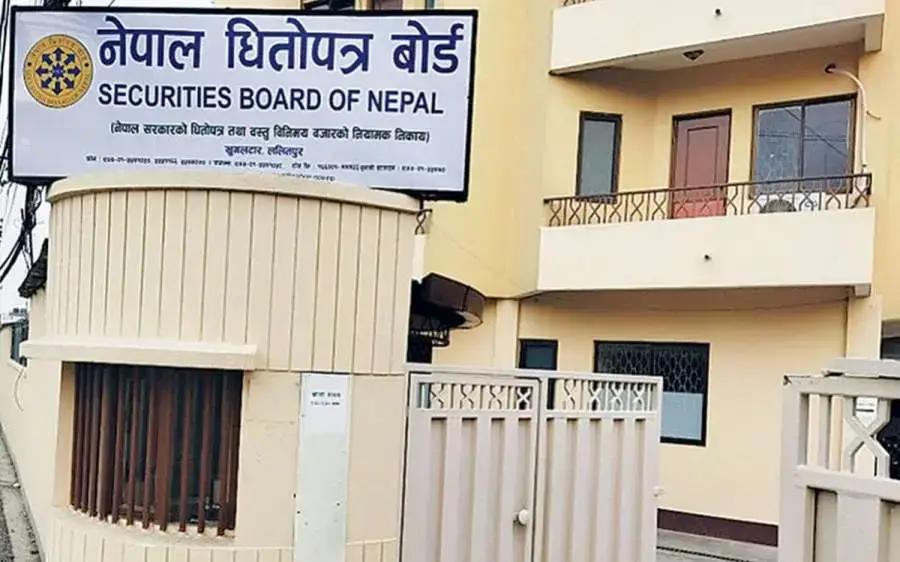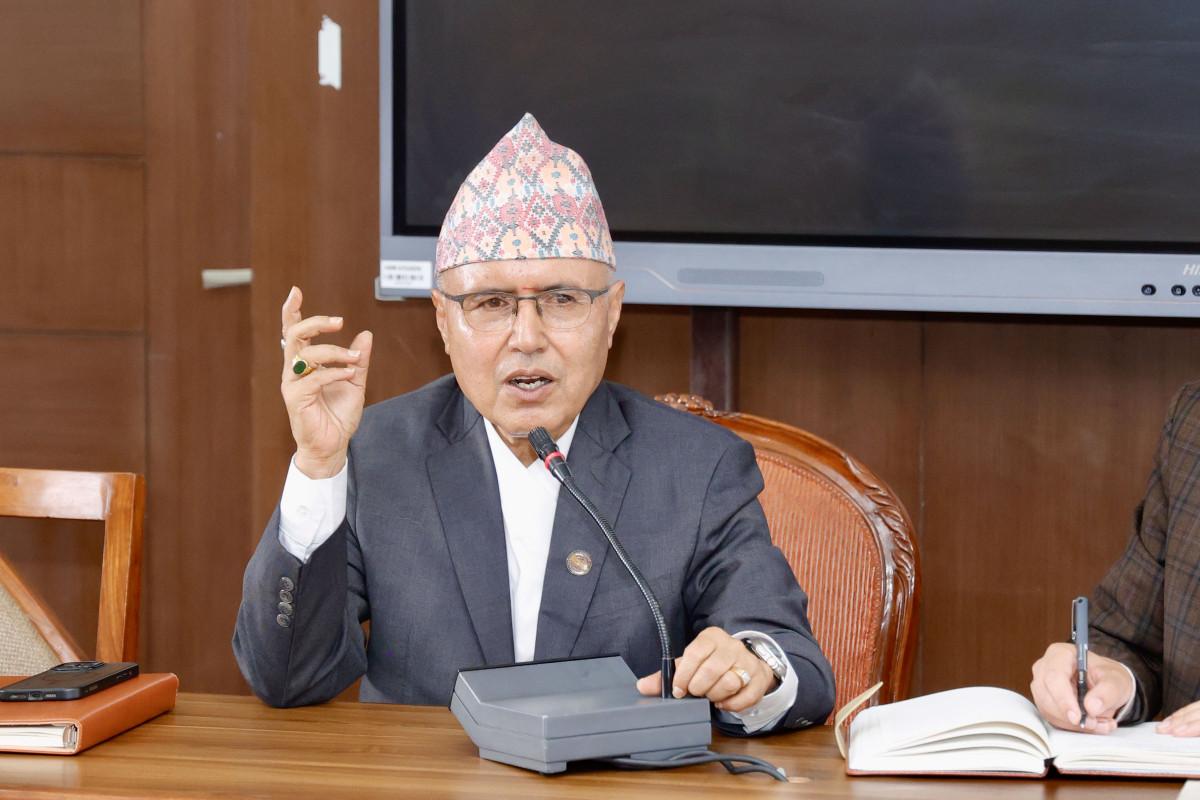By Sandeep Chaudhary
Invitation Letter Tips: Ensuring It Matches Your China Visa Application

When applying for a China visa, one of the most crucial and often misunderstood documents is the Invitation Letter. This letter serves as an official confirmation that your trip to China has a legitimate purpose and is backed by an authorized individual, company, or organization within China. For Nepali citizens, especially those applying for Business (M), Student (X), or Family Visit (Q/S) visas, a well-prepared and properly matched invitation letter can make the difference between approval and rejection.
The first and most important rule is accuracy and consistency. Every piece of information in the invitation letter must perfectly match your visa application form. This includes your full name exactly as written on your passport (including middle name if applicable), date of birth, nationality, and passport number. Even minor variations like missing initials, shortened names, or spelling differences can cause the Chinese Visa Application Service Center (CVASC) or Embassy to flag your case. The same level of precision applies to your travel dates, itinerary, and contact information. For example, if your visa form says “Purpose: Business Visit – Guangzhou” and the invitation mentions “Tourism in Beijing,” your application will be considered inconsistent and likely delayed or rejected.
Secondly, the invitation letter must clearly state your purpose of visit. The Chinese Embassy requires that the letter specify whether the visit is for tourism, business, study, family reunion, or cultural exchange. The wording must align with the visa type you are applying for. Business visa applicants should ensure that the invitation is printed on company letterhead, includes the company’s full name, address, phone number, and an official red seal (chop). It should also mention the inviter’s name and title, along with their signature. For student visas, the invitation comes as an Admission Notice and official JW201/JW202 Form from the university. For family visits, the inviter (a Chinese national or foreign resident in China) should provide a signed invitation letter plus a copy of their Chinese ID or residence permit.
Another key factor is the travel duration and itinerary. The arrival and departure dates mentioned in the invitation letter must exactly match the information in your flight tickets, hotel bookings, and visa form. Similarly, the cities or provinces you plan to visit should correspond between all documents. If your letter mentions a 10-day stay but your itinerary shows 14 days, it may appear suspicious to the consular officer. The Embassy’s internal verification system cross-checks these details during document review, so mismatches can trigger red alerts.
The inviter’s identity must also be legitimate and verifiable. If your inviter is an individual, they must include their Chinese national ID copy or residence permit. If the inviter is an organization, their business license or registration certificate must be attached. Embassy officials use these to verify authenticity and ensure the inviter has the authority to issue such letters. Letters without signatures, stamps, or contact details are considered invalid.
Formatting and tone matter as well. The invitation letter should be written in clear, formal language and include the following structure: a heading addressed to “The Chinese Embassy in Nepal,” a short introduction about the inviter, details about the invitee (you), purpose and duration of visit, travel plan, and a closing signature with date and contact information. Using a scanned signature and company seal on official letterhead adds credibility and reduces verification delays.
Finally, before submitting your application, always compare your invitation letter and application form side-by-side. Make sure every word, number, and date match perfectly. Many Nepali applicants face rejection because the inviter forgot to list the applicant’s full name, or because the letter used outdated travel dates after a flight change. It’s best to get a new, updated letter rather than submitting an inconsistent one.
If you need help drafting or verifying your invitation letter, professional assistance can save time and prevent rejection. Yatra for Fun Pvt. Ltd., located at Koteshwor-32, Kathmandu, is Nepal’s most trusted travel and visa consultancy, having successfully processed visas for more than 70 countries, including China. Their expert team reviews invitation letters, ensures all details align, and guides applicants through the online and physical submission process at CVASC Kathmandu. For support, call 9802348957 / +977-9708072951 or visit https://www.yatraforfun.com/.
